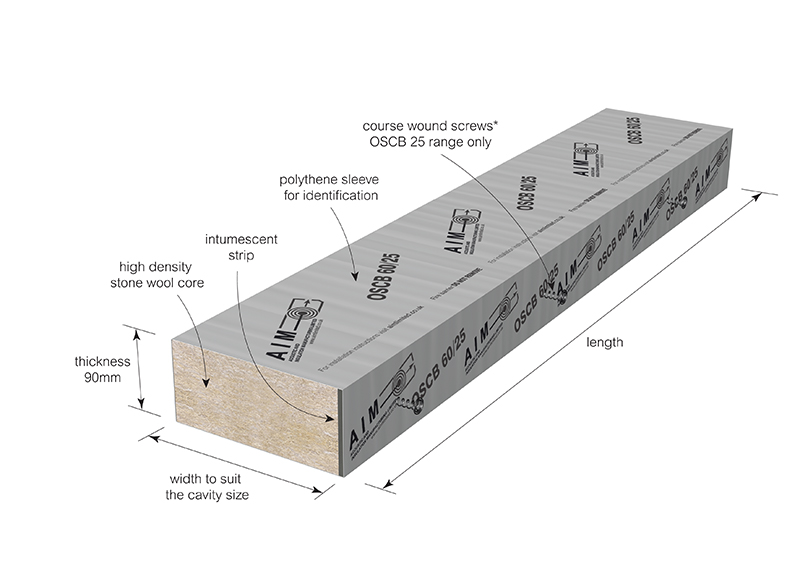
Fire safety is a critical aspect of building design and construction, and one key element in ensuring this safety is the use of ventilated cavity barriers. These barriers play a crucial role in preventing the spread of fire through concealed spaces within a building's structure.
In recent years, there have been significant advancements in the design and technology of ventilated cavity barriers, leading to innovative solutions that enhance their performance and effectiveness. If you need more information about ventilated cavity barrier services then you should click on this link https://www.aimlimited.co.uk/solutions/open-state-cavity-barrier/.
One innovative solution for enhancing fire safety with ventilated cavity barriers is the use of intumescent materials. Intumescent materials are substances that swell when exposed to heat, creating a protective char that helps to insulate the barrier and prevent the spread of fire. By incorporating intumescent materials into the design of ventilated cavity barriers, manufacturers are able to improve their fire resistance and thermal insulation properties, making them more effective at containing fires within a building's structure.
Another innovative approach to enhancing fire safety with ventilated cavity barriers is the use of advanced coatings and treatments. These coatings are applied to the surface of the barriers and provide an additional layer of protection against heat and flames. Some coatings are designed to create a barrier that is resistant to fire, smoke, and gases, while others are formulated to enhance the overall durability and longevity of the barrier. By incorporating these coatings into the design of ventilated cavity barriers, manufacturers can improve their performance in a fire event and ensure that they continue to function effectively over time.
One of the key challenges in fire safety is ensuring that ventilated cavity barriers are able to maintain their effectiveness in the event of a fire. To address this challenge, some manufacturers have developed self-supporting cavity barriers that are able to withstand the impact of fire without the need for additional support structures. These self-supporting barriers are designed to expand and contract with the building materials around them, ensuring that they remain in place and continue to provide effective fire protection even in the most extreme conditions.
Another innovative solution for enhancing fire safety with ventilated cavity barriers is the use of advanced ventilation systems. By incorporating ventilation systems into the design of the barriers, manufacturers are able to improve air circulation within the cavity spaces, reducing the risk of fire spread and smoke accumulation. These ventilation systems can be designed to automatically open or close in response to changes in temperature or smoke levels, ensuring that the barriers are able to effectively contain fires and protect building occupants in the event of an emergency.
Advancements in materials science have also led to the development of fire-resistant composite materials that can be used to manufacture ventilated cavity barriers. These composite materials are able to withstand high temperatures and flames, making them ideal for use in fire-resistant building construction. By incorporating these materials into the design of ventilated cavity barriers, manufacturers are able to enhance their fire resistance and provide a higher level of protection against the spread of fire through concealed spaces within a building's structure.
In conclusion, innovative solutions for enhancing fire safety with ventilated cavity barriers are essential for ensuring the overall safety and integrity of building structures. By incorporating intumescent materials, advanced coatings and treatments, self-supporting designs, advanced ventilation systems, and fire-resistant composite materials into the design of ventilated cavity barriers, manufacturers are able to improve their performance and effectiveness in containing fires and protecting building occupants in the event of an emergency. These advancements represent a significant step forward in fire safety technology and demonstrate a commitment to creating safer and more resilient building environments for the future.